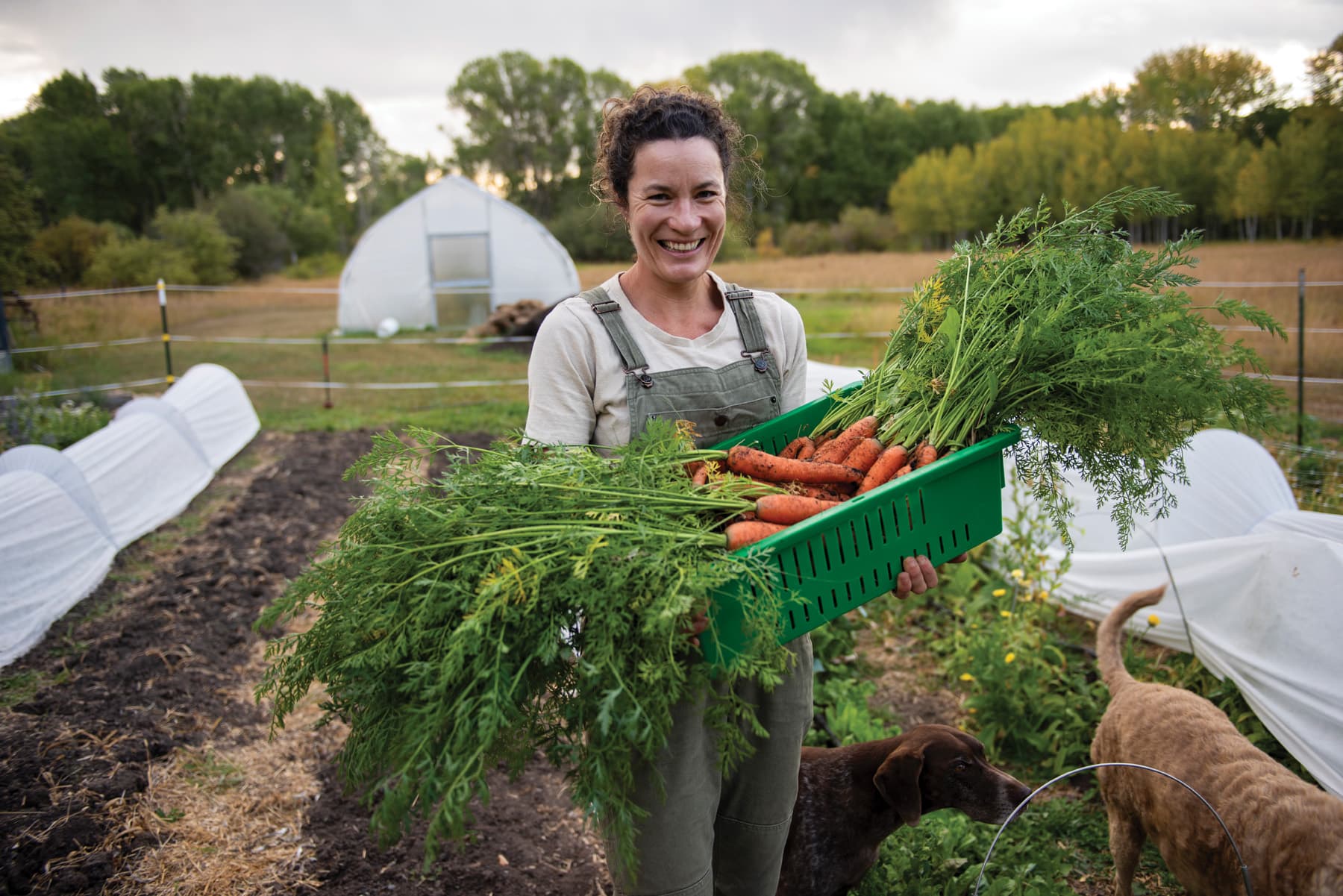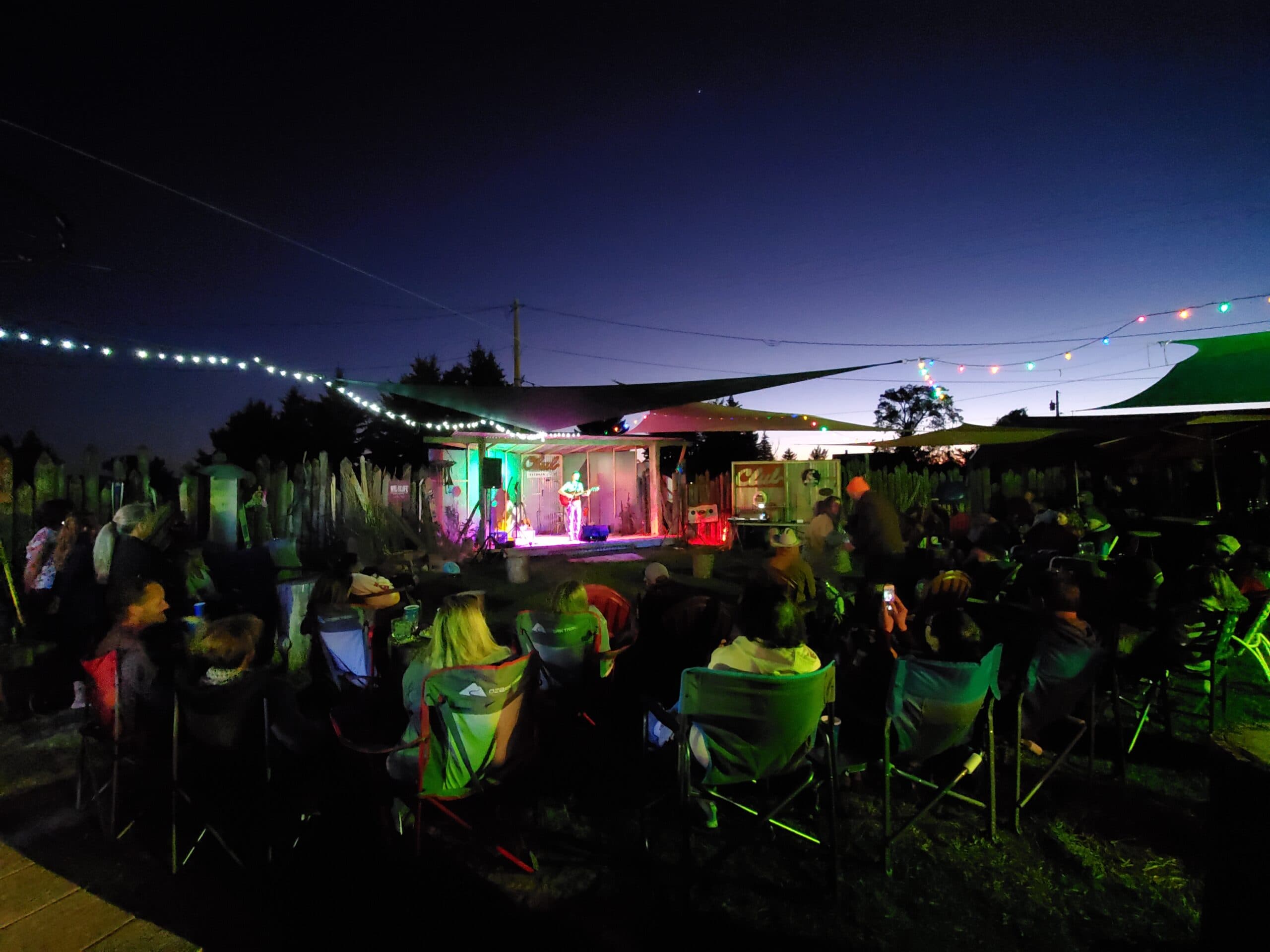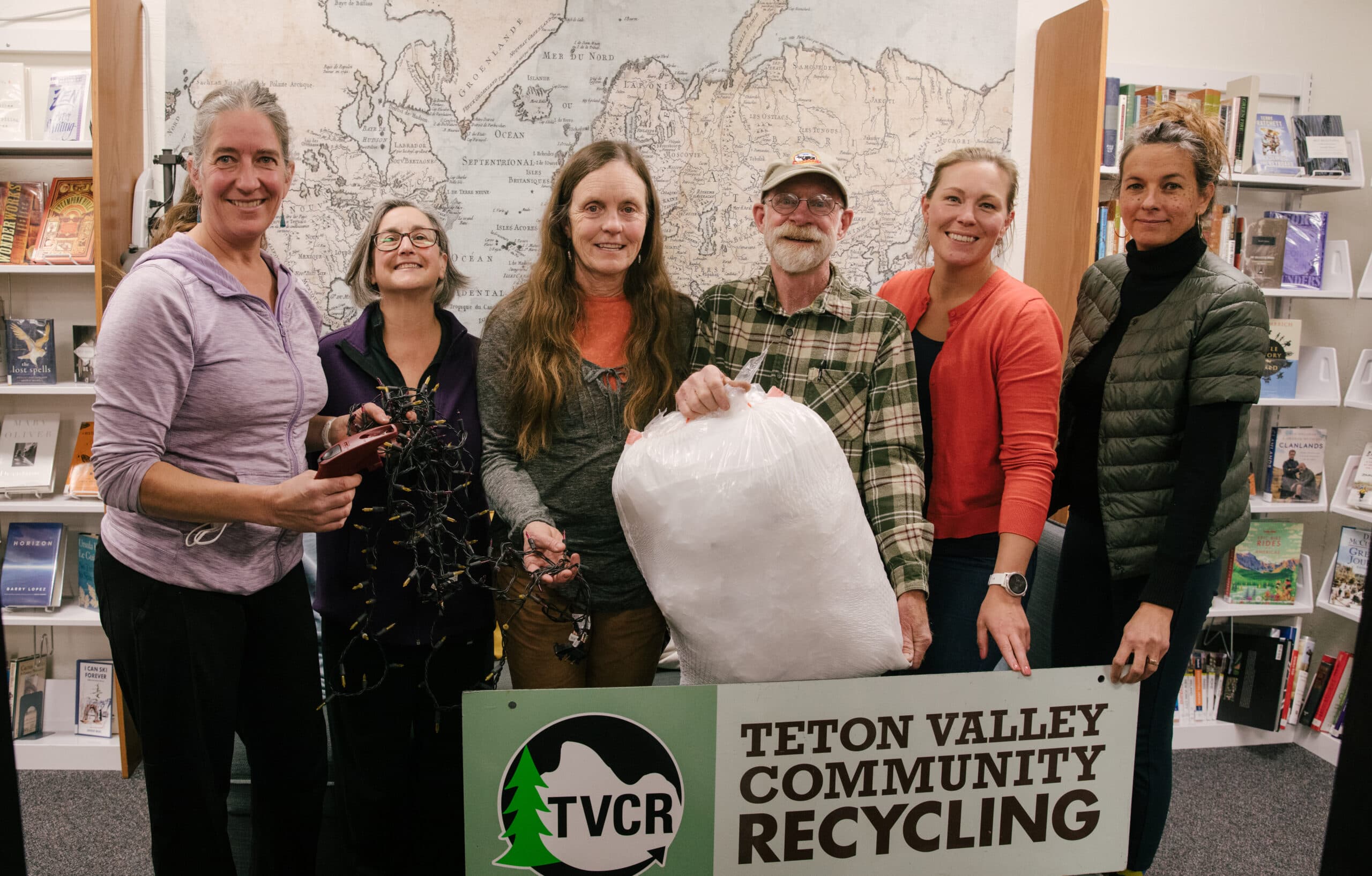Teton Valley Aquatics
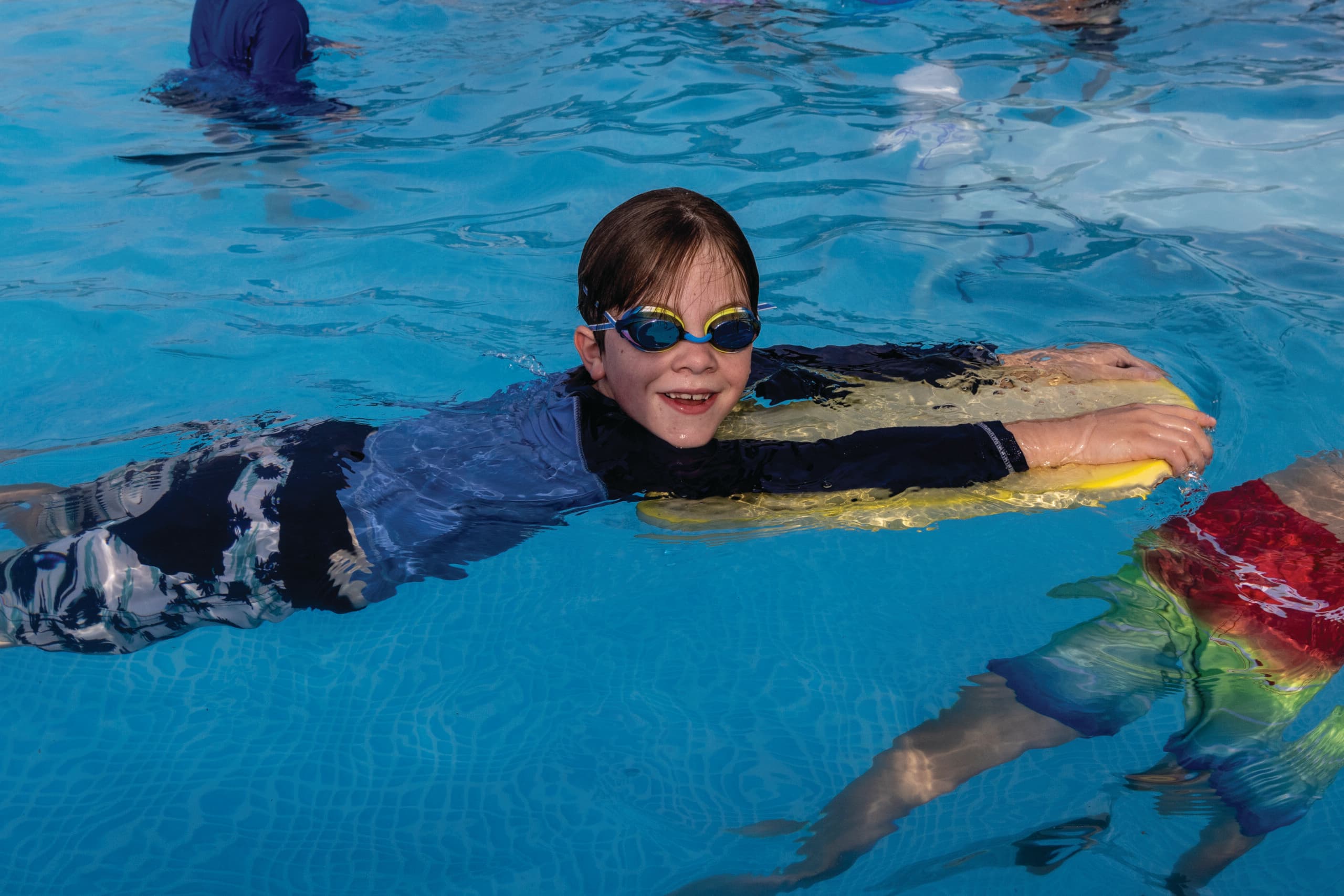
Building community through water
Once the snow melts, access to water recreation is abundant in and around Teton Valley. Teton River, Palisades Reservoir, Packsaddle Lake, the Snake River, Jenny Lake; the list goes on.
What hasn’t been readily available, however, is access to public swim lessons and aquatic programming. Teton Valley Aquatics is changing that.
Teton Valley Aquatics was formed in 2016 in response to the 2014 Teton County Recreation Master Plan. Feedback indicated a community desire to one day have an indoor swimming facility that provides year-round aquatic programming.
In the seven years since, the nonprofit has made big strokes toward making indoor water access a reality for the valley, including completing a feasibility study, securing land with the City of Driggs, and, as of this spring, starting the conceptional design process to finalize construction and operating costs. The nonprofit’s mission, however, goes beyond designing, fundraising, and constructing the facility. Teton Valley Aquatics is also providing outdoor summer aquatics programming thanks to their above ground pool in the Driggs City Park.
“Water is for everyone,” says Stacy Stamm, executive director of the nonprofit. “It makes everyone happier. That is our goal: to improve the community through water.”
Stacy describes Teton Valley Aquatics as having two pillars: Working toward building a year-round facility and providing summer programming. At press time, the facility prong of her two-pillars focus was in the conceptual design phase. “The request for proposal went out this spring,” she says, explaining that during this phase, they will develop a schematic layout driven by operational cost estimates.
“We will work with an architecture firm to learn how much it will cost to build a pool of this size and this structure, with these types of facilities attached to it, and get really accurate operation costs and really accurate construction costs, as well as a general layout,” Stacy says.
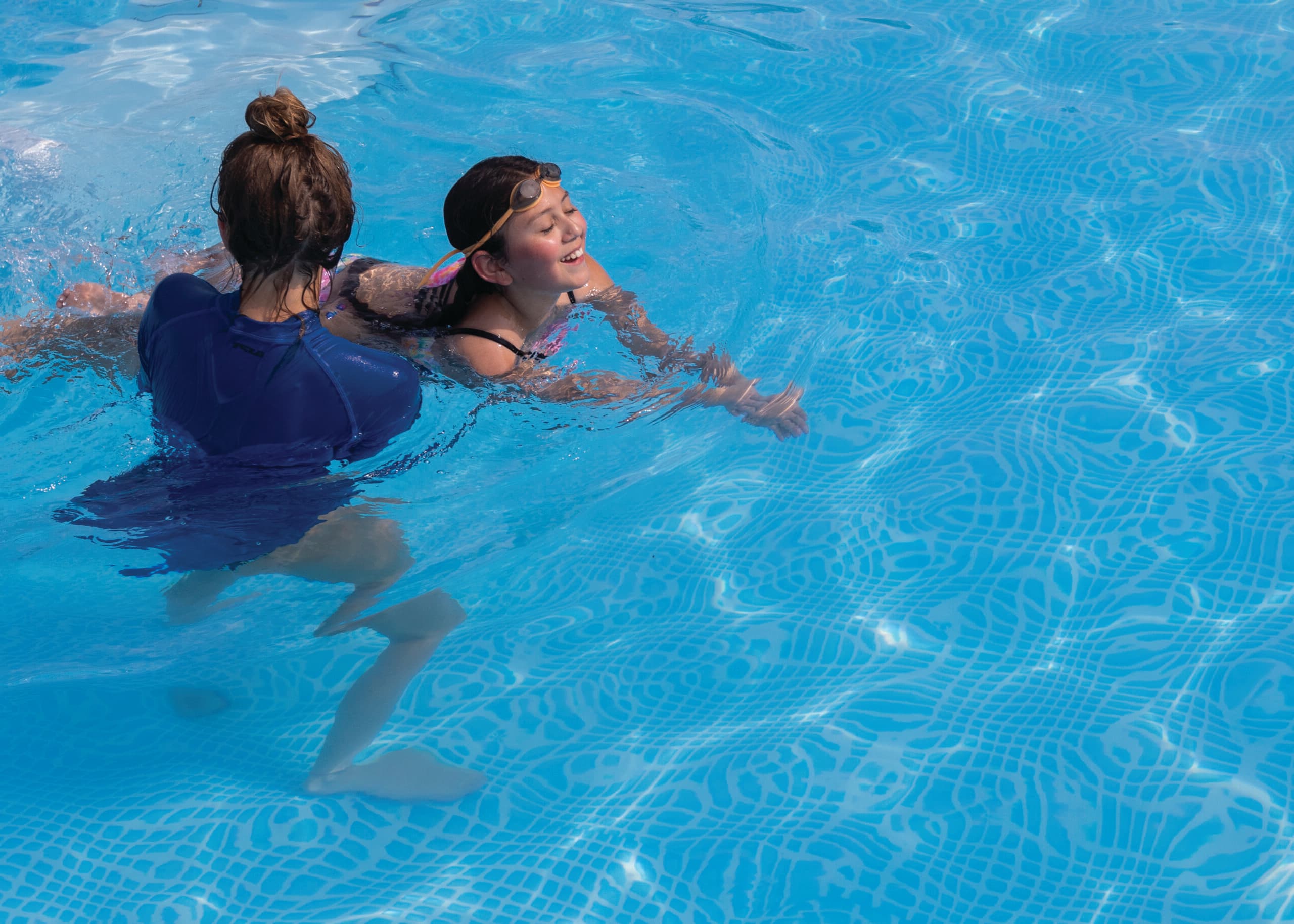
Scenes from the pool in Driggs, Idaho
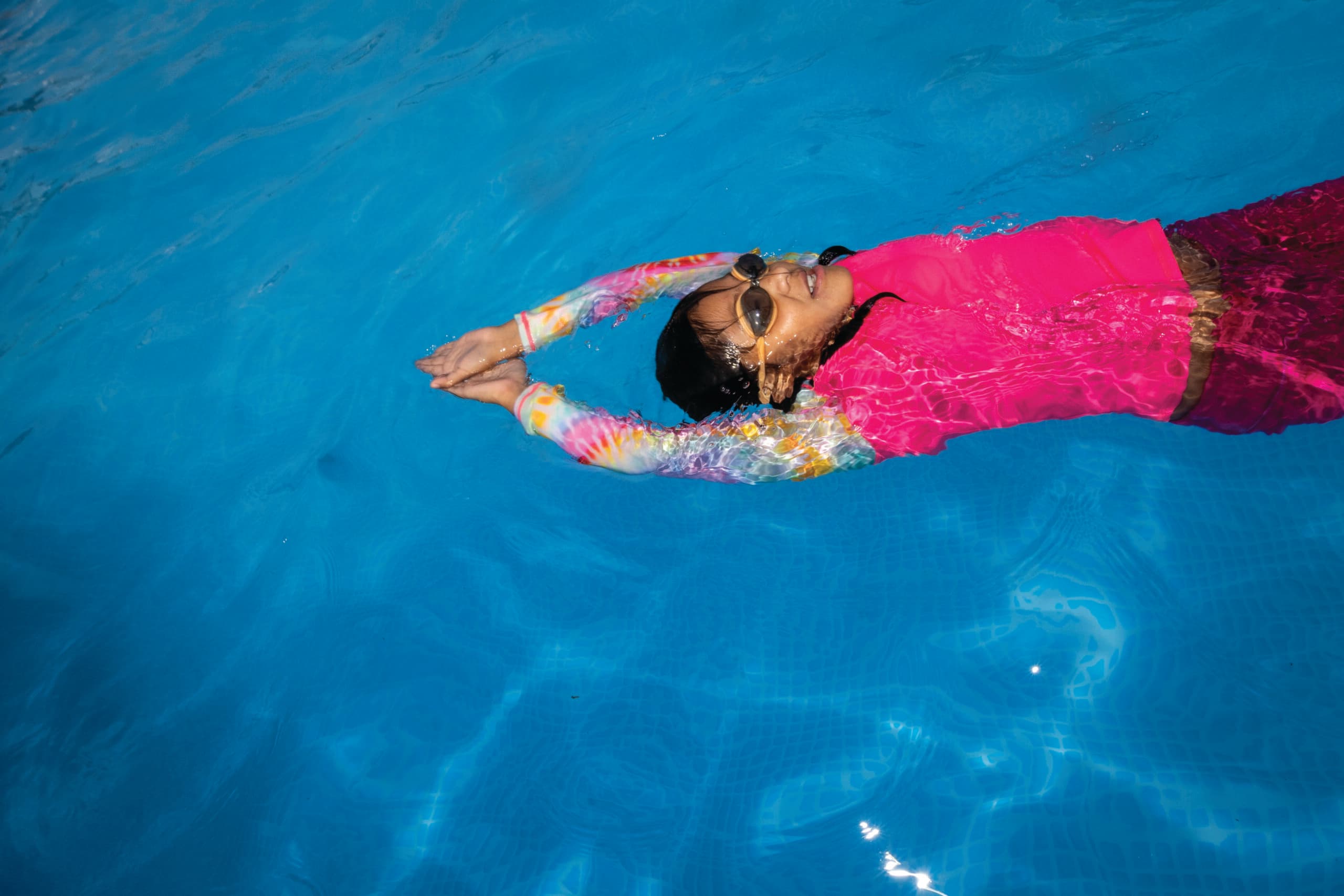
Scenes from the pool in Driggs, Idaho


In the coming months, Stacy, the board of directors, and stakeholders will begin involving the community to get details hashed out and start a capital campaign.
“Then, we can talk to the community about what amenities they want to include and have real costs attached to those operating amenities,” she says. The conceptual design will help them decide if each proposed amenity is a value add to the community, as well as if they will be able to fund it. The funding, Stacy says, is a private-public partnership.
While the exact numbers are still to come, what Stacy and her board do know is that the cost to run a pool isn’t just a drop in the bucket. That is where the second pillar of Teton Valley Aquatics comes in: Growing enthusiasm through summer programming. “I think of this as supporting that first tier—it is not separate,” Stacy says. “Everything we do here is getting people excited for a pool facility.”
From early June through late August, Teton Aquatics runs an above ground pool in Driggs City Park that offers a packed calendar of swimming programs for all ages, available at an approachable cost.
“Living in a valley where there isn’t much access to swimming opportunities and swimming instruction, I am grateful that my two young kids won’t miss out on developing a life skill that can bring so much joy in so many ways,” says Miranda Milligan. Both of her young boys, Rowan, age seven, and Bridger, age four, have advanced their swimming skills thanks to the children’s group swim lessons.
Beyond child-focused programs, adult pool activities include water aerobics, swim lessons, and the popular tethered swimming that allows swimmers to swim in a stationary position attached to a tether.
The program, now in its third summer, was launched after a limited number of private swim programming offerings in the valley ended. So, Teton Valley Aquatics dove into meeting its mission with its own temporary pool.
“Participation has grown exponentially,” Stacy says. “The first year we had just over two hundred participants and last year it grew to 335.”
The level of classes continues to grow, as well. Teton Valley Aquatics offers programs for infants aimed at getting them used to water ranging all the way to Level 5 kids swim instruction that focuses on basic strokes like breaststroke and side stroke—as well as advanced movements like the butterfly and flip turns. Instruction is based on the American Red Cross program.
While teaching advanced swimming helps encourage participation in water recreation, Stacy also notes that this helps a future need she knows she’ll be looking to fill: hiring lifeguards.
“I had an epiphany that we are hoping to open a pool in 2027 and our main staff for swim instructors and lifeguards—as with all pools—will be teenagers,” she says, laughing. “And we were not teaching swimmers beyond basic strokes.”
While teaching water safety, encouraging a love of water sports, and fostering enthusiasm for a pool are at the heart of Teton Valley Aquatics’ mission, Stacy points to water’s democratizing properties as a driver.
“Water is an equalizer,” she says. “It is for people who don’t like skiing or don’t have access to something else because of a disability. Water is healing. It really is for everyone.”
To learn more, visit tetonvalleyaquatics.org.

